Tag: hemorrhage

Risk Factors of Ischemic and Hemorrhagic Strokes During Venovenous ECMO
Among venovenous extracorporeal membrane oxygenation patients in the Extracorporeal Life Support Organization registry, approximately 5% had acute brain injury. Mortality rates increased two-fold when ischemic or hemorrhagic... read more
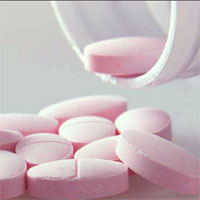
Oral Vitamin K Lowers the International Normalized Ratio More Rapidly
Oral vitamin K lowers INR more rapidly than subcutaneous vitamin K in asymptomatic patients who have supratherapeutic INR values while receiving warfarin. Warfarin therapy was withheld, and 1 mg of vitamin K was given... read more
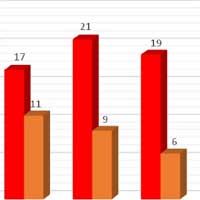
Clinical and Pathophysiologic Aspects of ECMO-associated Hemorrhagic Complications
Extracorporeal membrane oxygenation (ECMO) is increasingly used to treat severe cases of acute respiratory or cardiac failure. Hemorrhagic complications represent one of the most common complications during ECMO, and can... read more
Viscoelastic Hemostatic Assay Augmented Protocols for Major Trauma Hemorrhage
Our international randomized trial has evaluated the role of VHAs to individualize care and augment empiric hemostatic resuscitation in the challenging and time-critical environment of trauma care. Empiric haemostatic therapy... read more

TEG for Hypocoagulable Patients with Non-Traumatic Bleeding
Thromboelastogram (TEG) has been extensively studied in trauma and surgical patients, but has not been well studied in nontraumatic bleeding, nor has its use been well evaluated in the emergency department. This study... read more

Timing of Endoscopy for Acute Upper Gastrointestinal Bleeding
In patients with high risk upper GI bleeding, who were treated with pre-endoscopy PPI and were not in persistent shock, an endoscopy performed at a median of 10 hours vs. a median of 25 hours post presentation did not reduce... read more

Acute on Chronic Liver Failure in the ICU
Liver Failure may constitute one of the least favorite disease processes for anyone routinely taking care of critically ill patients. Intensivist and hepatology circles have begun to describe a specific population known as... read more

Intracerebral Hemorrhage (ICH)
For most patients, the best treatment seems to be high-quality supportive care. Aggressive interventions (e.g., causing dramatic drops in blood pressure and "prophylactic" hypertonic saline) may cause more harm than good. Cerebellar... read more

Hydrocortisone Prevents Immunosuppression by interleukin-10+ Natural Killer Cells After Trauma-Hemorrhage
These data demonstrate that trauma-induced immunosuppression is characterized by an interleukin-10-dependent elimination of dendritic cell by natural killer cells and that hydrocortisone improves outcome by limiting this... read more
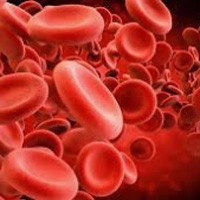
The Misunderstood Coagulopathy of Liver Disease
In patients with abnormal coagulation testing results in the setting of liver disease, INR and PT may be best used to provide the practitioner with information about the synthetic function of the liver but not to assess hemorrhagic... read more

eFAST Performance with a Novel vs. Conventional Transducers
Point-of-injury extended focused assessment with sonography in trauma (eFAST) may identify life-threatening torso hemorrhage and expedite casualty evacuation. The purpose of this study was to compare combat medic eFAST performance... read more

Glucose Variability as Measured by Inter-measurement Percentage Change is Predictive of In-patient Mortality in Aneurysmal Subarachnoid Hemorrhage
Reduced glucose variability is highly correlated with in-patient survival and long-term mortality in subarachnoid hemorrhage (aSAH) patients. This finding was observed in the non-diabetic and well-controlled diabetic patients,... read more
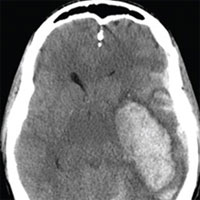
Tranexamic Acid Has Nominal Benefit for TBI
Studies examining the use of tranexamic acid (TXA) inescapably seem to pit our rigorous methodological demons against our practical clinical angels. The CRASH-2 trial randomized 20,211 adult trauma patients presenting... read more
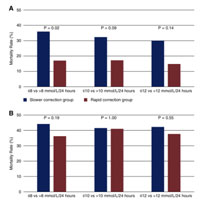
Fixing Hypernatremia: Acting Fast or Acting Slow?
This is the largest adult cohort study focusing on the neurologic complications and mortality after hypernatremia correction in critically ill adults. There wasn't any evidence that rapid correction of hypernatremia was... read more




